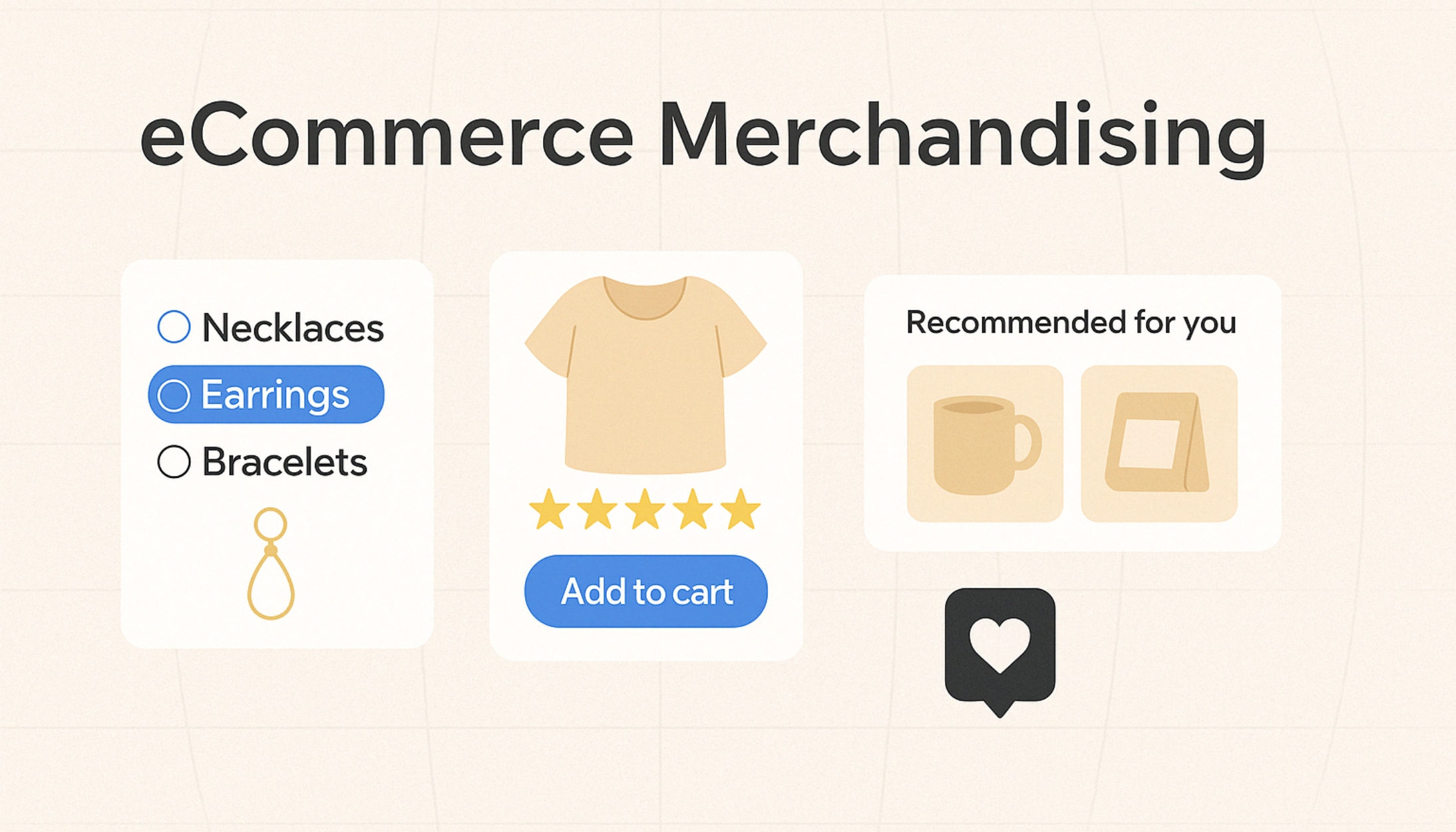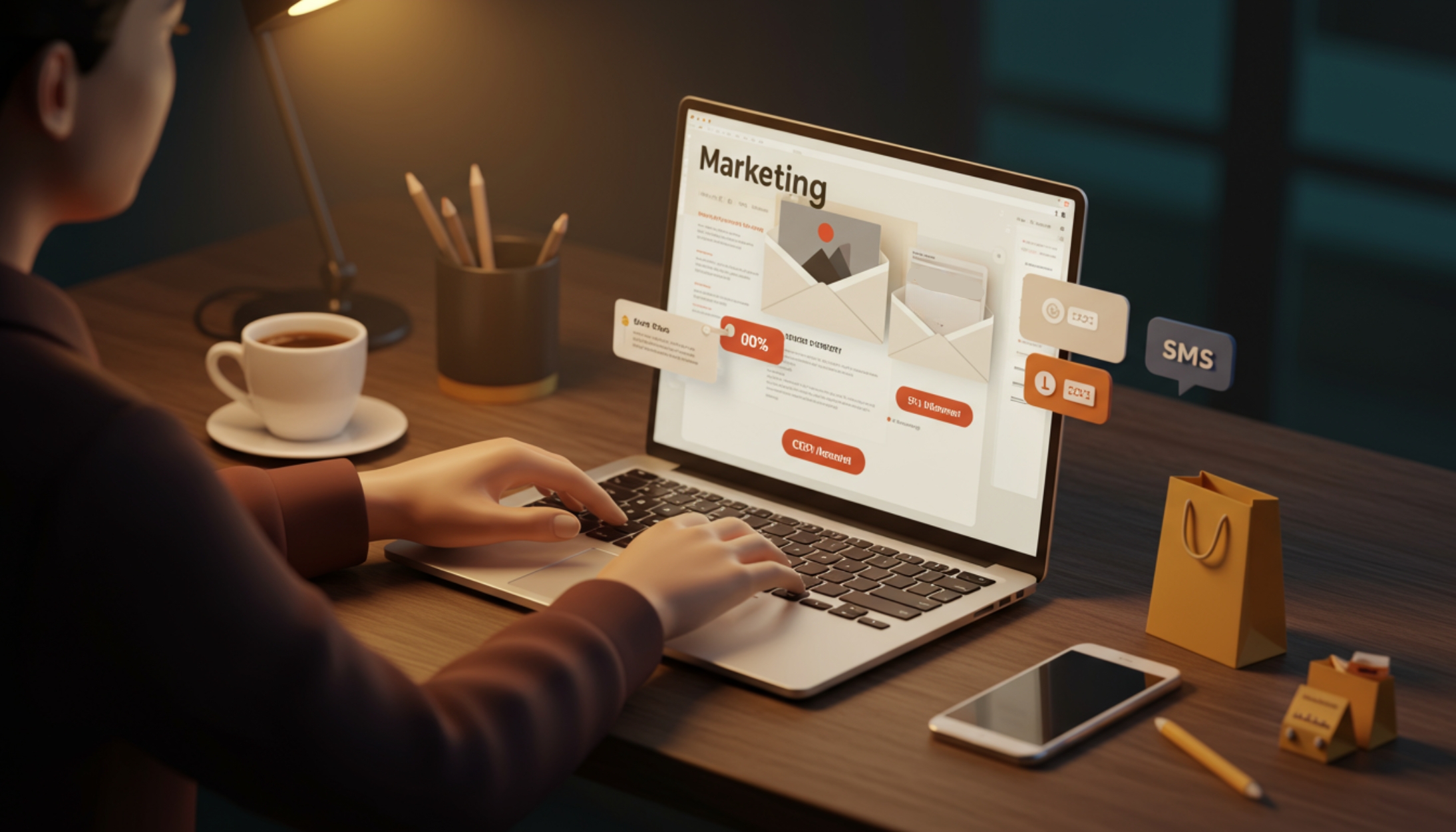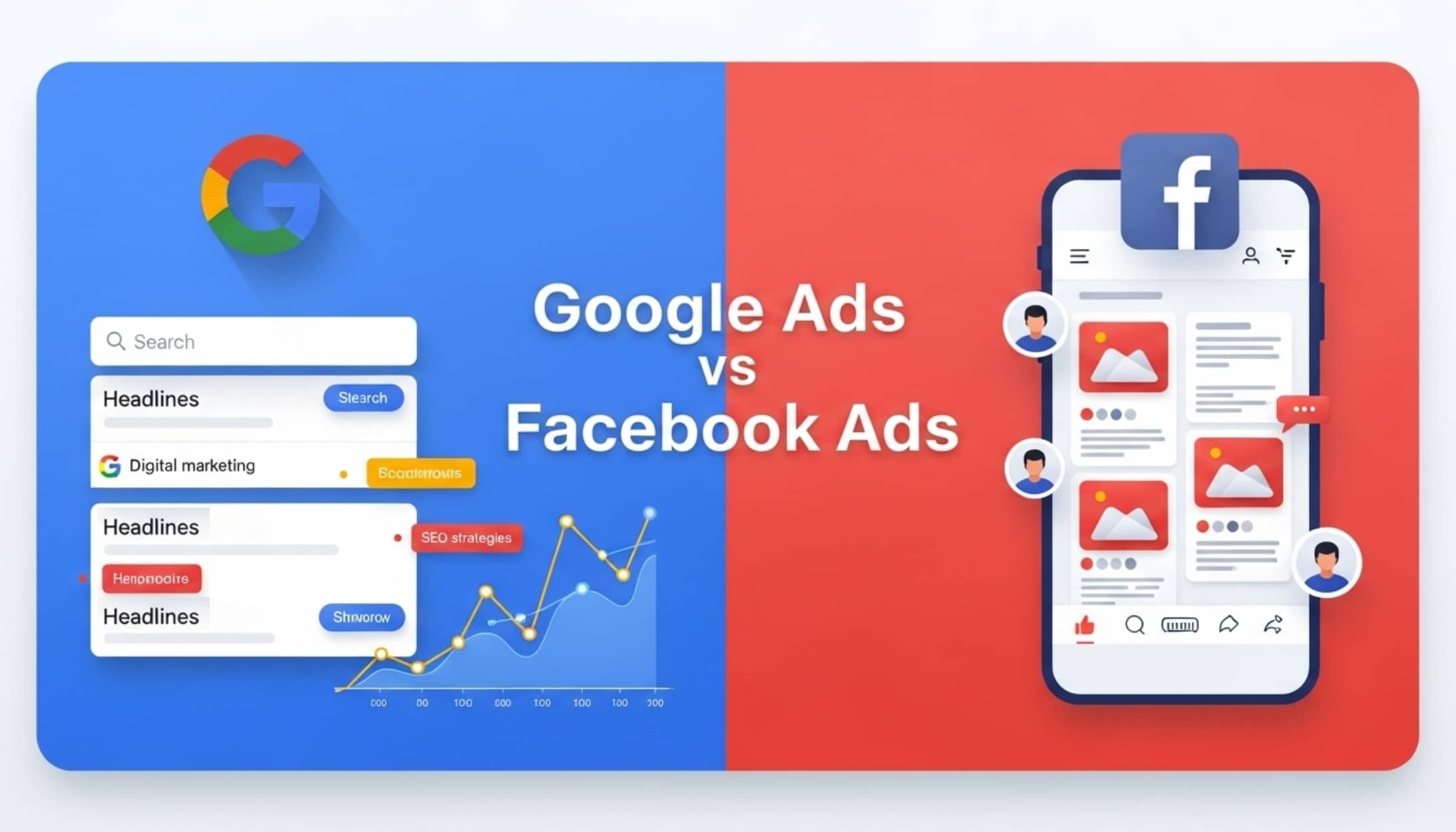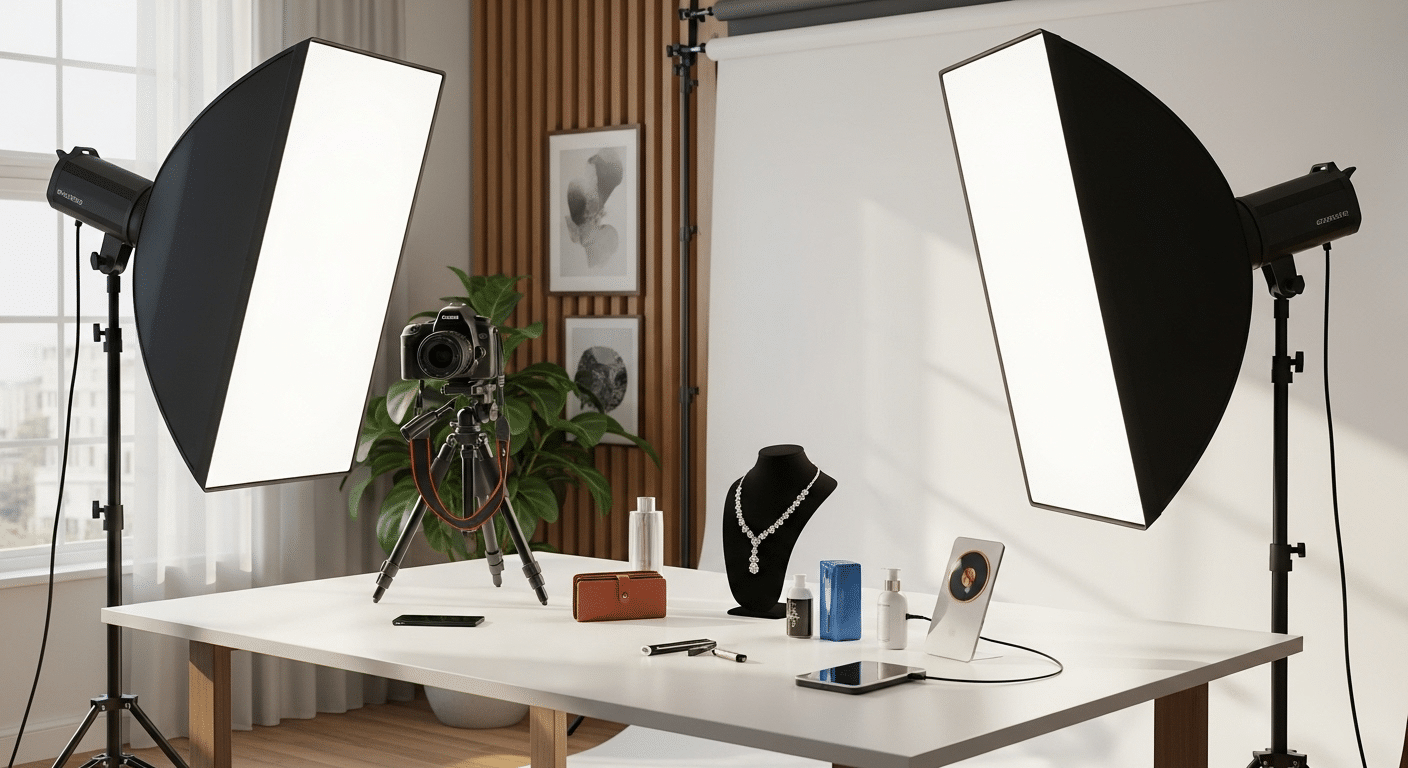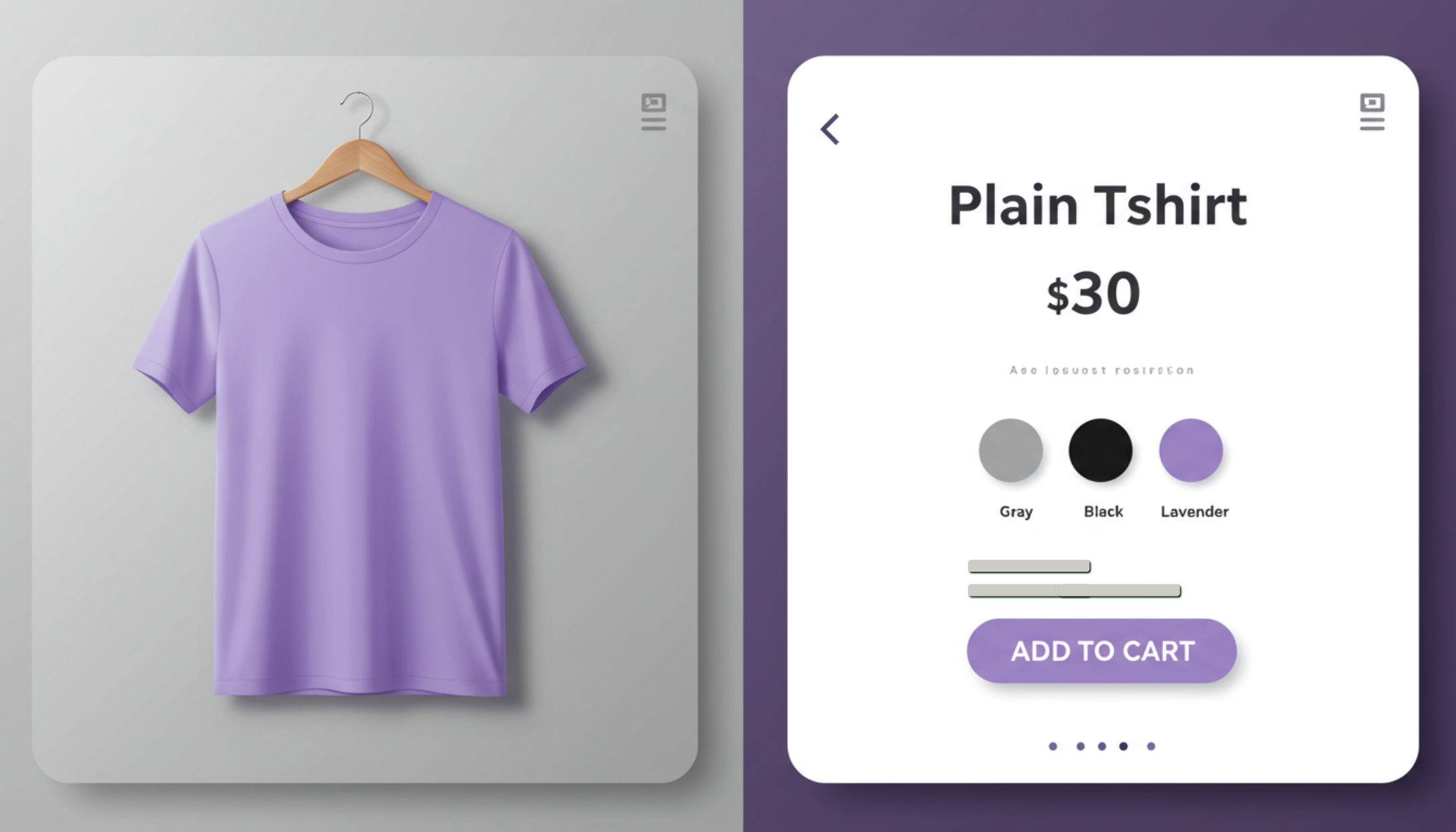Table Of Content
What is Ecommerce Merchandise?
Ecommerce merchandise is all about how your products are displayed and organized across your online store in a way that encourages people to buy. It’s more than just listing items on a page—it’s about how your store looks, feels, and functions.
In physical retail, merchandising might involve things like signage, shelf space, or in-store layouts. In ecommerce, your website design, product order, filters, categories, and visual content take on that role. It’s your digital storefront—and when done right, it makes people stop scrolling and start shopping.
“People don’t buy products—they buy experiences. Your store’s design is your first salesperson.”
Why Ecommerce Merchandising Matters More Than Ever
There’s more competition online than ever before. Shoppers don’t just want products—they want experiences. If your store is cluttered, hard to navigate, or uninspiring, they’re gone.
Merchandising helps you stand out and connect more meaningfully. Whether it’s your homepage layout, your product filters, or even what you show on your search results page—every part of your store plays a role in creating that connection.
Tools like FatherShops make it easier to build stores with thoughtful layouts, simple navigation, and mobile-first designs—helping you focus on the experience rather than the tech. It’s designed to empower entrepreneurs with intuitive, no-code tools so they can build and grow without complexity.
7 Smart Ecommerce Merchandising Techniques
1. Think Like a Curator
Don’t overwhelm shoppers. Instead, organize your products the way a great editor organizes a magazine—clear, clean, and intentional.
Quick win:Group similar items together and create themed collections, like “New Arrivals,” “Gifts Under ₹999,” or “Sustainable Picks.”
For example, a wellness brand could have categories like “Mindful Morning Kits” or “Sleep Support Essentials.”
2. Think Mobile-First
More than half of your visitors are likely coming from a phone. Your store needs to feel just as good in their hands as it does on a big screen.
Make sure your mobile product pages are easy to scroll, visually clean, and quick to load. FatherShops, for example, helps you preview and adjust layouts just for mobile— no coding needed.
Quick win:Check how your homepage and top 3 products appear on mobile—are they thumb-friendly?
3. Make Your Visuals Work Harder
Great photos and videos do more than show your products—they tell your brand story.
Show multiple angles. Include close-ups. Use lifestyle shots that show your product in action. The more confident people feel about what they see, the more likely they are to buy.
Quick win:Include at least one lifestyle photo per product page to help buyers visualize real use.
4. Reduce Friction, Increase Flow
Make your store intuitive. The fewer clicks it takes to find something, the better.
Use smart navigation, easy filtering, and clear sorting. Add upsells and cross-sells where they make sense—like below product listings or at checkout. Show key info like pricing and shipping early so there’s no guesswork.
Quick win:Add a “Best Sellers” section to your homepage with direct links to product pages.
5. Use Personalization to Drive Relevance
Show shoppers what they’re likely to want next. This could be based on what they’ve browsed, bought, or even where they’re located.
You don’t need complex tools—many ecommerce platforms (including FatherShops) now offer built-in options for related product displays, recently viewed items, and location-based recommendations.
Quick win:Add a “You may also like” carousel below each product page.
6. Let Your Customers Do the Talking
Nothing builds trust like real voices.
Showcase reviews, ratings, and even photos or videos from your community. If influencers or creators are using your products, highlight that too. People trust people—let them help sell for you.
Quick win:Highlight 2–3 strong reviews above the fold on product pages.
7. Don’t Forget Post-Visit Merchandising
The experience doesn’t end at checkout. Think of your email marketing, retargeting ads, and customer follow-ups as part of your merchandising strategy.
Recommend similar items, offer curated bundles, or send helpful tips about the product they bought. The more relevant the message, the more likely they’ll return.
Quick win:Send a follow-up email with related products or care tips 24 hours after purchase.
Common Challenges in Ecommerce Merchandising
Ecommerce moves fast, and so do your customers. Some of the biggest hurdles brands face include:
-
Creating a clean design while still promoting many products
-
Keeping inventory and displays in sync
-
Offering personalization without being invasive
-
Making sure the mobile and desktop versions of your site both deliver
-
Using too many CTAs on one page
-
Showing irrelevant recommendations (hurts trust!)
-
Forgetting to A/B test layouts or headlines
-
Not syncing merchandising with inventory data (leading to out-of-stock issues_
Future Trends in Ecommerce Merchandising
The future of merchandising is exciting—and it’s being shaped by how customers want to shop.
AI-Driven Customization
AI will increasingly help stores predict what shoppers want to see based on their behavior. From homepage layout to personalized offers, stores will become more dynamic for every individual user.
Example:Your homepage could automatically update with categories or product bundles based on a shopper’s past visits.
AR and VR Shopping Experiences
Augmented reality is already letting people visualize how products will look in their space—from shoes on their feet to couches in their living room. Expect more ecommerce brands to offer try-before-you-buy experiences online.
Example:Brands like Warby Parker and IKEA already use AR for glasses and furniture previews.
Shoppable Content
Interactive videos and embedded product tags on blogs or social media will help customers discover and shop without leaving the content they’re enjoying.
Example:A how-to video on your homepage that lets users click and shop directly from featured products.
Voice Commerce
With smart assistants like Alexa and Google Home, voice-based search and shopping is growing. Merchandising strategies will need to adapt to simpler, voice-friendly product naming and categorization.
Quick win:Keep product titles simple, searchable, and pronunciation-friendly.
Omnichannel Consistency
As more brands sell across websites, marketplaces, and physical stores, keeping the merchandising experience consistent across platforms will be essential.
Example:A cart started on your mobile site should carry over to your desktop or app experience seamlessly.
Final Thoughts
Ecommerce merchandising is no longer just about pretty pictures or catchy headlines—it’s about crafting a full shopping experience that helps customers discover, connect, and convert.
And the best part? You don’t need to be a designer or developer to make it happen. With platforms like FatherShops , you get tools that help you build product-rich, visually appealing stores right out of the box. It’s about making great merchandising accessible to every entrepreneur—without the tech overwhelm.
As shopping continues to evolve, your store should too. Start small. Test often. Pay attention to what your customers do—not just what they say. And keep your shoppers at the center of everything you create.
Frequently Asked Questions (FAQs)
1.What are the 4 types of merchandising?
The main types include:
- Product merchandising
– How products are presented across your store.
- Retail merchandising
– The layout and atmosphere of physical or online retail spaces.
- Visual merchandising
– The strategic use of visuals to guide and influence purchase behavior.
- Digital merchandising
– Merchandising tailored specifically for online platforms using tools like AI, personalization, and real-time data.
2.What does an ecommerce merchandiser do?
An ecommerce merchandiser plans and manages how products are showcased across an online store. Their responsibilities include category creation, homepage layout, promotional strategies, product placements, and optimizing conversion paths based on shopper behavior.
3.What is the salary of an ecommerce merchandiser?
Salaries can vary based on location, experience, and company size. In general, ecommerce merchandisers earn anywhere between $45,000–$85,000 USD/year , with senior roles in large companies earning more.
4.How do international markets affect ecommerce merchandising?
Selling globally requires adapting your merchandising strategy to different audiences. That includes:
-
Localized product displays and offers
-
Regional trends and seasonal variations
-
Currency, language, and cultural preferences
-
Compliance with regional laws or shipping practices
5.What are some common pitfalls in ecommerce merchandising?
-
Overloading pages with too many CTAs
-
Lack of mobile optimization
-
Poor categorization or filtering
-
Showing out-of-stock or irrelevant products
-
Not updating featured products regularly
-
Ignoring data-driven insights and customer feedback
6.What is the role of ecommerce merchandising operations?
This team ensures that merchandising strategies are properly executed. They coordinate between marketing, inventory, design, and tech teams to maintain product accuracy, optimize UX, manage site promotions, and ensure real-time alignment with campaigns.
7.What is the difference between ecommerce merchandising and ecommerce marketing?
Ecommerce merchandising focuses on what users see once they arrive at your site—how products are displayed, grouped, and promoted.
Ecommerce marketing is about getting users to your site via channels like SEO, social ads, email, and content.

